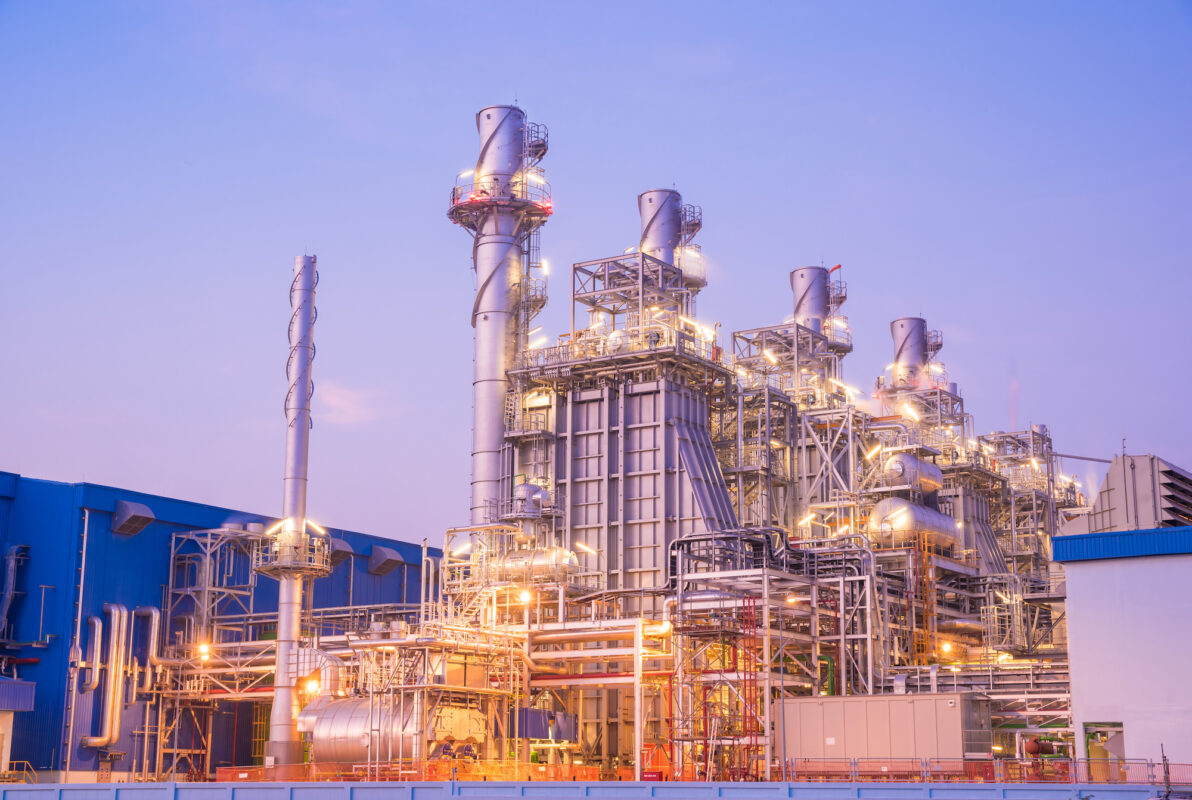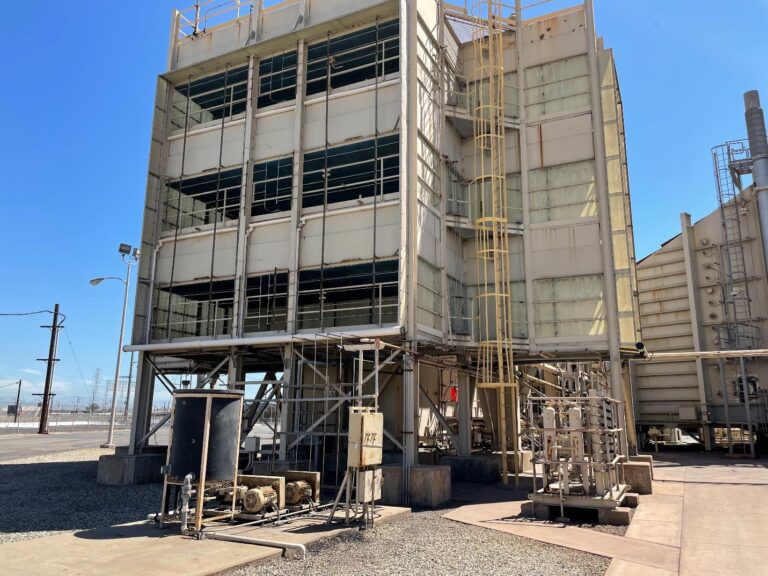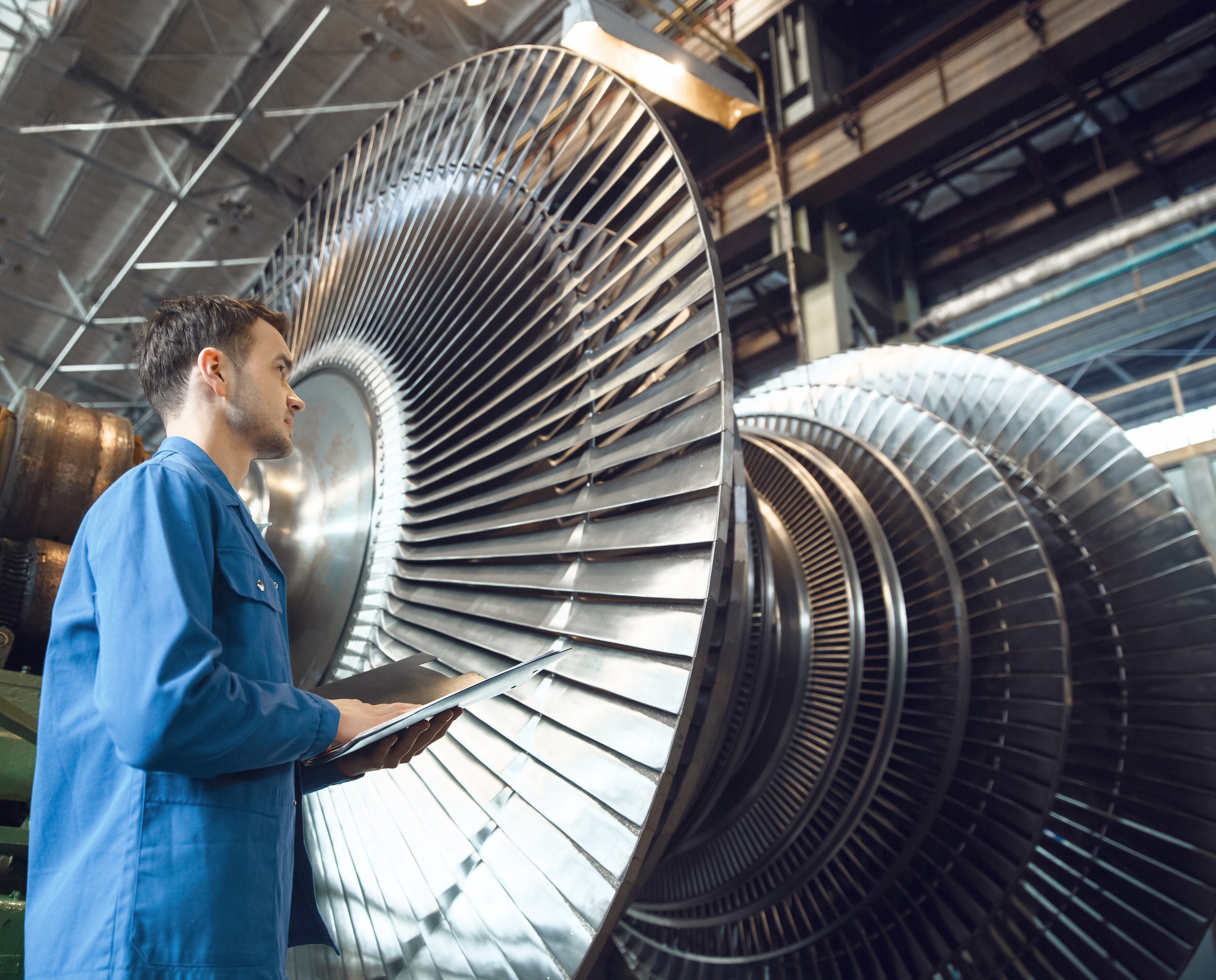Meefog System Gives Watson Cogen an Extra 10MW
Gas TurbineTwo Decades of Successful Wet Compression at Watson Cogeneration
The Benefits of MeeFog Technology:
- No fog-related blade erosion for twenty years
- 10 MW of additional capacity
- NOX emissions lowered by 7 ppm.
Challenge:
How to boost power production via wet compression and ensure there is no possibility of damage to the compressor.
Solution:
Watson Cogen installed an inlet air fogging system from Mee Industries for wet compression. Excess fog is injected into the air stream to evaporate inside the compressor. As the air temperature rises during compression, the excess fog evaporates, bringing the air temperature down and making it easier to compress the air. This process continues up to the eighth compression stage. The fog system at Watson is designed so that 10% of the water evaporates before reaching the compressor, with the remainder entering the compressor.
Watson Cogeneration Venture, Carson, California USA:
Watson Cogen is headquartered in Carson, an industrial area about 15 miles south of downtown Los Angeles. The owners of the plant are Marathon Petroleum and NRG. It provides high-pressure steam and electricity to the Carson Refinery, as well as electricity to the grid. The 270,000 barrels per day refinery is California’s largest, producing gasoline, diesel, jet fuel and anode-grade coke. As a byproduct, the facility also produces the fuel gas that powers Watson Cogen’s turbines.
“With the MeeFog system used for wet compression, we achieved an average incremental power gain per gas turbine unit of about 2.5 MW, or 10 MW total for the plant,” says Watson Cogeneration’s Principal Engineer Steve Ingistov.
The Physical Site:
The cogeneration plant uses four natural gas-fired GE 7EA turbines rated at 83.5 MW each (ISO). Exhaust gases from these turbines feed a duct-fired heat recovery steam generator, which generates both high and medium pressure steam. Around half of the high-pressure steam goes to the refinery, while the rest is sent to two Dresser Rand steam turbines powering electric generators. Upgrades to the facility have boosted output from an initial level of 385 MW up to 425 MW.
“We are probably the longest running wet compression user in the world in terms of total hours, having successfully used wet compression,” said Watson Cogeneration’s Principal Engineer Steve Ingistov. “We run the MeeFog system round the clock during the peak period of electricity generation (from June to September) and anytime the ambient temperature is above 50°F. During more than twenty years of operation, the MeeFog wet compression system has not caused blade erosion.”
The MeeFog system consists of a pump skid and a nozzle array connected by a latticework of stainless steel tubing. On the skid is a pump to pressurize the water to 2,000 psi, a weather station and a programmable logic controller. Within the inlet air duct and upstream of the silencers and trash screen is an array of 360 x 0.006-inch diameter stainless steel impaction pin nozzles designed to atomize the water into droplets of less than 20 microns each for rapid evaporation. This array produces up to 16.2 gpm of fog, which represents 0.35 percent of mass flow used for wet compression.
“Measurements of NOx at the top of the stack showed a decrease of 7 ppm.”


